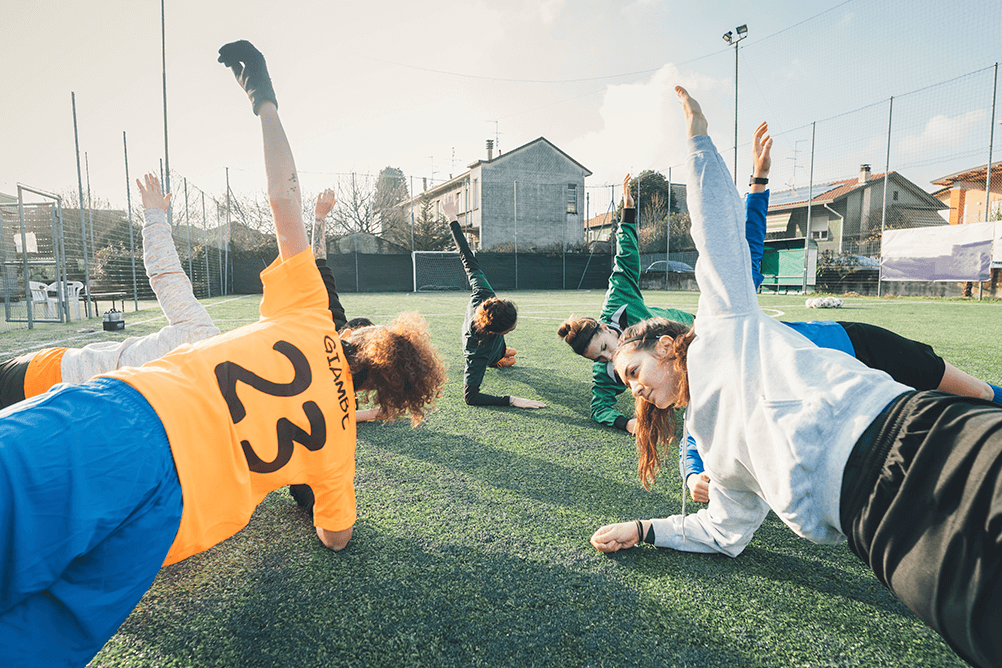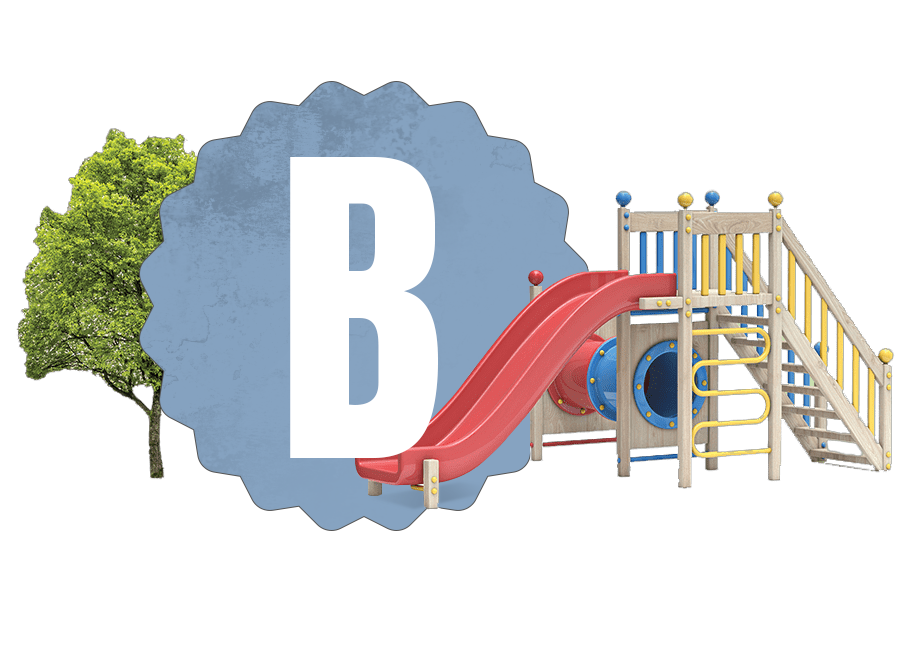2024 children & yoUth report card
Rallying for Resilience
Keeping Children and Youth Active in a Changing Climate

about the report card
What is the Children and Youth Report Card?
What is the relationship between climate change and kids’ physical activity?
overall physical activity grade
39% of children and youth (five to 17 years) in Canada met the recommendation of 60 minutes of moderate- to vigorous-intensity physical activity per day.


24-Hour Movement Behaviours
4% of children and youth (five to 17 years of age) met the combined 24-Hour Movement Guidelines.

43% of parents indicated that their children and youth (five to 17 years of age) either solely commuted actively to or from school or commuted partially in an active way in combination with non-active modes of transportation.

Community & Environment
70% was the average score reported across the areas of policies, human resources, facilities and infrastructure, partnerships, and programming specific to physical activity for children, youth and families.

Government
68% was the average score reported across the following six areas specific to physical activity: number and range of relevant policies; supporting actions; accountable organization(s); reporting structures; funding; and monitoring and evaluation plans.
Tools and resources
Coordinated efforts from multiple sectors and people are needed to get and keep children and youth physically active in a changing climate. Below are key recommendations and tools to help government, schools and educators, parents and guardians, and individuals activate Report Card findings:
“The Report Cards on Physical Activity have been influential in creating awareness, assisting with public health surveillance, forcing accountability, facilitating advocacy, influencing policy, and identifying jurisdictional strengths, weaknesses and priorities for action. The impact of the Report Cards over the past 19 years has been remarkable, far exceeded our initial goals and shows no signs of slowing down!”
Dr. Mark Tremblay Children and Youth Report Card Chief Scientific Officer
1. Who developed the 2024 Report Card?
Dev ParticipACTION worked in partnership with the Report Card Research Committee comprised of researchers, sector and governmental representatives in the fields of physical activity, climate change and sedentary behaviours to create the 2024 Report Card. The Committee, led by Chief Scientific Officer, Dr. Mark Tremblay, collects and synthesizes the evidence, assigns grades and drafts the report.
2. Can you explain the methodology behind the research?
3. Where can I find information about children zero to four years of age?
4. What can I do to help improve physical activity levels among children and youth in Canada?
5. How can I support the launch of the Report Card?
Contact us
Do you have questions that were not answered in the FAQ?
Email:
Email us at info@participaction.com.
For media inquiries, please contact: fsimon@getproof.com
- Environment and Climate Change Canada. (2023). Canadian Environmental Sustainability Indicators: Temperature change in Canada. Consulted on Mar 7, 2024. Available at: canada.ca/en/environment-climate-change/services/environmental-indicators/temperature-change.html
- Foster J, Hodder SG, Lloyd AB, Havenith G. (2020). Individual responses to heat stress: Implications for hyperthermia and physical work capacity. Frontiers in Physiology,11:541483.



